Building seed gardens and large-scale production models
According to the self-assessment report of the scientific task "Exploitation and development of genetic resources of May chi and Song bot in some provinces of the Central Highlands" (code NVQG-2020/DT.13) chaired by the South Central and Central Highlands Forestry Science Institute, the research team has conducted a comprehensive assessment of the forestry and biological characteristics, genetic diversity and use value of the May chi and Song bot genetic resources, creating a scientific basis for large-scale selection and propagation.
The results of the mission have selected 03 elite May Chi and Song Bot lines with productivity increased by over 15% compared to the mass varieties, meeting the requirements of raw material quality and ecological adaptability. At the same time, the group has selected 100 mother bushes with outstanding productivity in many localities, providing a source of standard breeding materials for production replication.

Nursery and actual model of growing May chi and Song bot.
During the implementation of the mission, the Institute has built 4 hectares of seed collection gardens in Lam Dong and Dak Nong to preserve genetic resources and create a long-term basis for providing parent seeds. In parallel, the group has implemented a 10-hectare intensive cultivation model of May chi and Song bot with a survival rate of over 85% and a minimum yield increase of 15% compared to traditional production.
Another important result is the 06 ha restoration model, helping to restore the native May Chi populations that have been reduced due to over-exploitation. In these models, the yield of bamboo shoots and raw material vines increased by more than 20% compared to the control, proving the feasibility of synchronously applying the technical processes that the mission has built.
The mission has completed a synchronous technical guidance system from the seedling, planting to preliminary processing, including three sets of documents: Rattan propagation process; Intensive cultivation process for bamboo shoots and raw vines; and Post-harvest exploitation, preliminary processing, and preservation of products. These are the first specialized technical guidelines in Vietnam for Rattan and Song bot trees, creating a basis for localities and production forest planting facilities to apply directly in practice.
Potential to become a key livelihood product
The technique of propagation by root cuttings, branch cuttings and grafting is considered simple, easy to apply, low cost but has a high survival rate, opening up opportunities for the development of local seed production. The intensive farming model has high raw material productivity, helping people have a stable source of income, especially suitable for ethnic minority areas where farming conditions are limited.
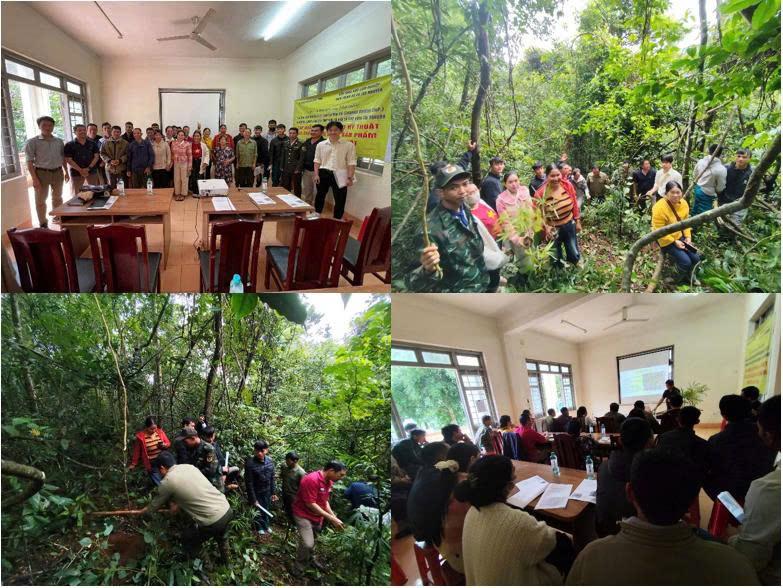
Some training photos in Ta Dung commune, Lam Dong province.
The South Central and Central Highlands Forestry Science Institute organized training courses on techniques for propagation, planting, care, harvesting, preliminary processing and preservation of May chi and Song bot in Cat Tien 3 commune, Lam Dong province (from September 16, 2025 to September 18, 2025) and Ta Dung commune, Lam Dong province (from September 22, 2025 to September 24, 2025).
The training session on September 25, 2025 in Cat Tien 3 commune (Lam Dong) with the participation of about 30 households was directly instructed by Dr. Pham Trong Nhan, providing knowledge on propagation, intercropping, care, preliminary processing and preservation techniques, combined with practice in people's nurseries. This activity contributes significantly to the transfer of technology, capacity building for the community and promoting the sustainable development of raw material areas.
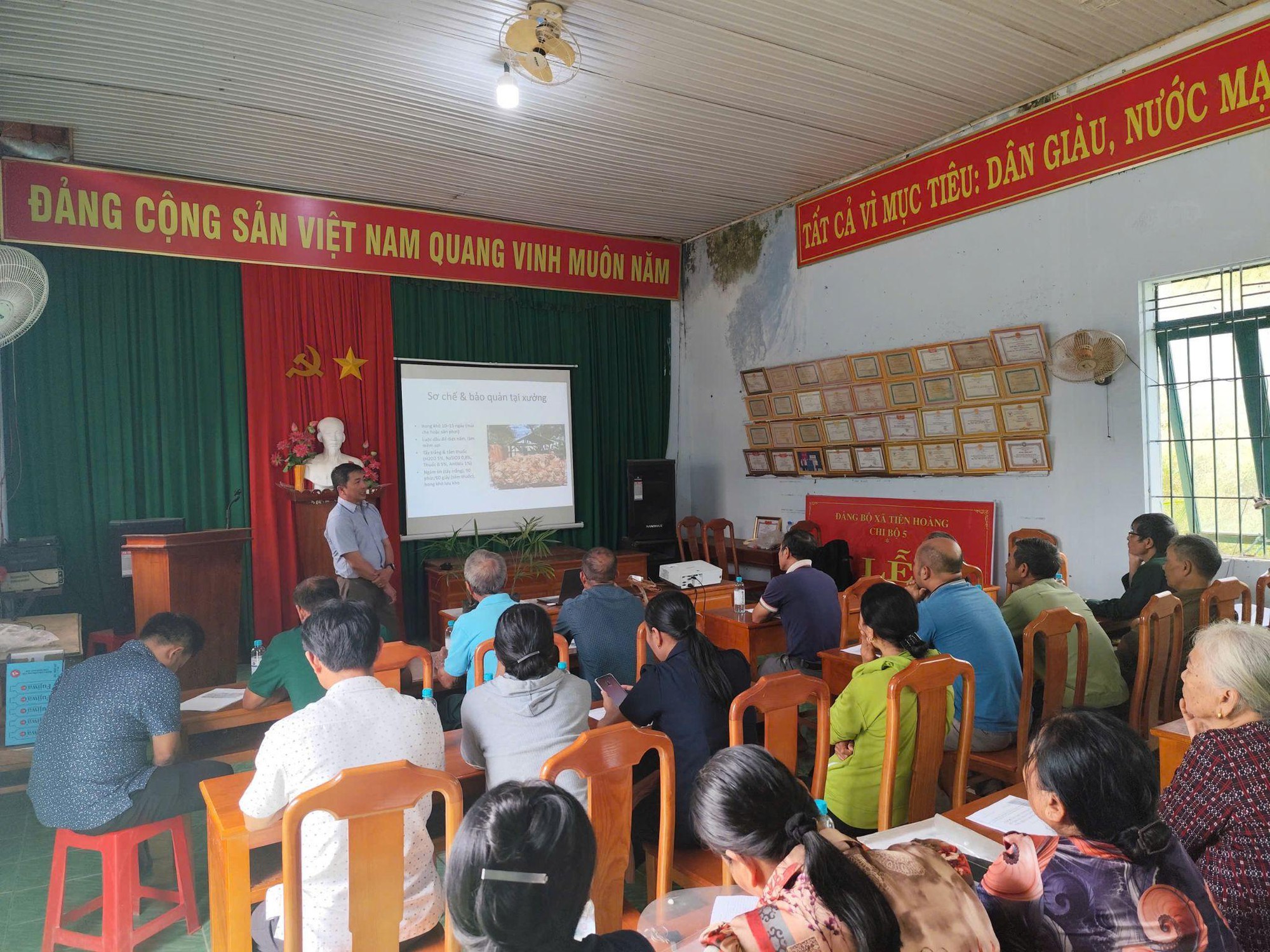
The training course was directly instructed by Dr. Pham Trong Nhan - Forestry Science Institute of South Central Coast and Central Highlands.
To date, the mission has trained and equipped 90 technical staff, agricultural extension officers and farmers in Son La, Dien Bien and Lam Dong provinces, while attracting laborers to take care of seed gardens and planting models, creating more jobs and increasing income in the locality.
Rattan and Bamboo are two non-timber forest products with high economic value, stable market demand in handicraft production, household items and export materials. When organized in a chain production from seed, planting, care to preliminary processing. These two species can become the main livelihood trees for the Central Highlands and South Central regions.
The results of the mission not only preserve rare native genetic resources, but also open up a direction for sustainable forestry economic development, in line with the goals of the Program for conservation and sustainable use of genetic resources to 2025, with a vision to 2030. With the support of research institutes, local authorities and people, Rattan can completely become a typical product associated with the brand of non-timber forest products of the region, contributing positively to the goal of green growth and forest economic development.
Source: https://mst.gov.vn/nguon-gen-ban-dia-mo-huong-phat-trien-sinh-ke-ben-vung-19725112001370333.htm



























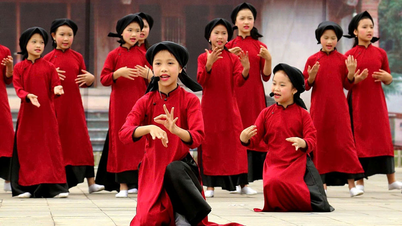




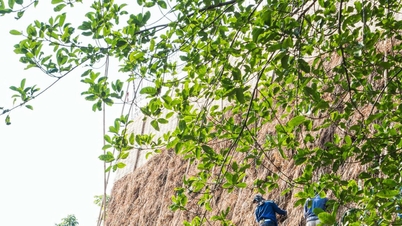







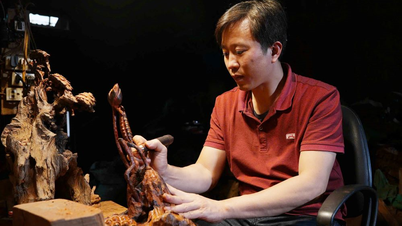


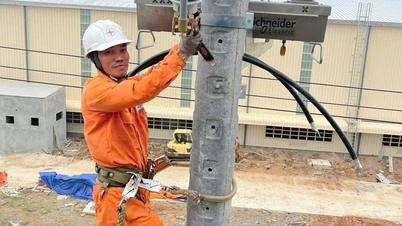




















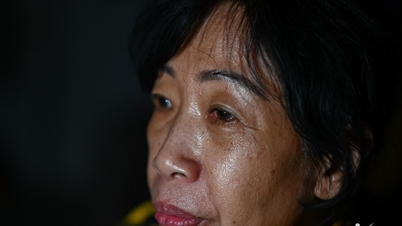




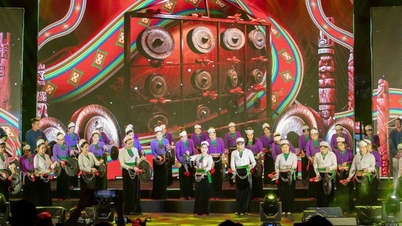






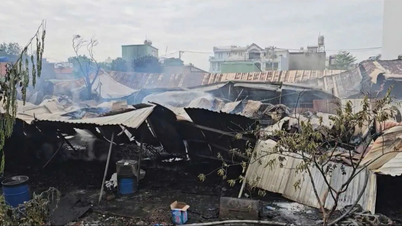















Comment (0)